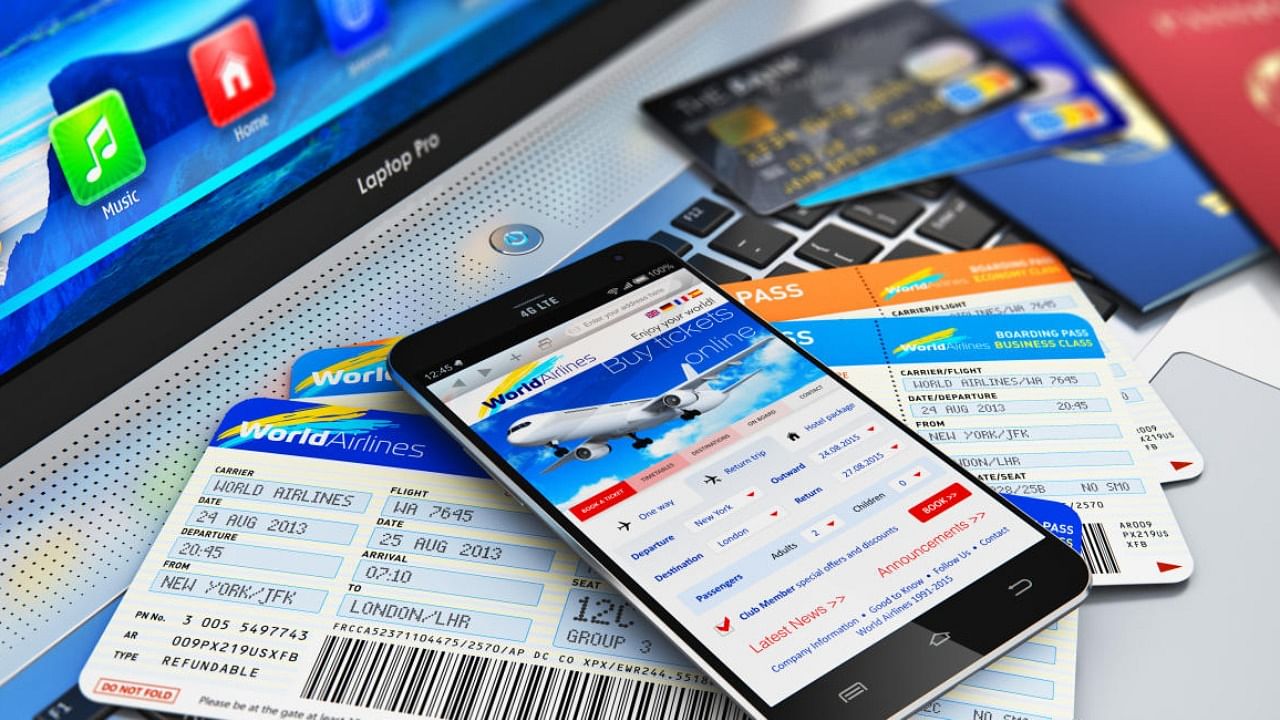
As airfares have been skyrocketing this summer vacation, the Union Civil Aviation Ministry has been appealing to the airlines to moderate their pricing, but to no avail. Air travellers are now left scouring the internet to find the cheapest deals. In this edition of DH Deciphers, Lavpreet Kaur decodes the algorithms at work that throw up the price you find on different travel sites.
How does the present compare to the past?
Airfares in India were regulated for the longest time, with largely state-owned carriers monopolising the sector and when the private players came in - their offerings were also fairly elitist. Things changed with the entry of disruptors such as Air Deccan in 2003. They offered low fares with skeletal in-flight service. After the initial success of this airline other budget airlines entered the fray such as Indigo and Spicejet. With them came the algorithms to determine pricing.
How is airline ticket pricing done today?
Algorithm-based pricing is a method used by airlines to set ticket prices based on real-time market conditions. These algorithms are typically proprietary and considered valuable IP (Intellectual Property) for airlines, helping them remain competitive in the market. While the exact algorithms and weightage of factors may vary from airline to airline, it largely works on historical data and booking patterns to assess demand for specific flights and routes. This, of course, is not devoid of human oversight. A ticket can be worth different amounts to different passengers and pricing is about determining this value and making the most from it.
What factors do pricing algorithms consider?
Pricing algorithms work on a multitude of factors starting from the cost price (which is inclusive of the acquisition cost of aircraft, operational expenses etc) to the airline’s profit margins. Inventory and demand are the major premises. However, other factors include surge pricing (based on time of the day, week, month and year), operational environment, market dynamics, relative frequency share on each route and competitor pricing. Additionally, revenue management systems assist airlines in maximising their revenue and profitability by dynamically adjusting prices and making real-time decisions.
Interestingly, the concept of a last-minute fare is blind luck. One would expect that when there are only a few seats left on a flight, the prices will be much higher. However, this depends on the current ticket sales or load factor of the airline. When the demand for the limited seats is extremely high, pricing goes up significantly while there are also times when airlines tend to lower prices (to as low as half) last minute to fill empty seats.
What has been the government’s intervention in moderating airfares post-GoFirst crisis?
The civil aviation minister recently asked airlines to self-monitor airfares on routes that have seen a considerable rise in ticket prices and also to devise a mechanism to ensure reasonable pricing within the high Reservation Booking Designators (RBD), also called Fare Codes. These are alphabetic or alpha-numeric codes used by airlines to identify a fare type and divide every seat on a plane into different categories, each with its own price and set of rules.
Experimenting with new ticket pricing techniques
One of the pricing trends that stood out in recent years is airlines offering lower fare types but with fewer inclusions. This began with low-cost airlines, but the full-service carriers have since followed. Airlines will set a low base fare but exclude extras such as luggage allowance, seat selection, and even entitlement to some frequent flyer benefits. Going forward, experts suggest that personalisation will be the key focus of ticketing, where platforms can leverage data analytics and customer insights to deliver personalised experiences through tailored ticket recommendations, customised add-ons, and targeted promotions.